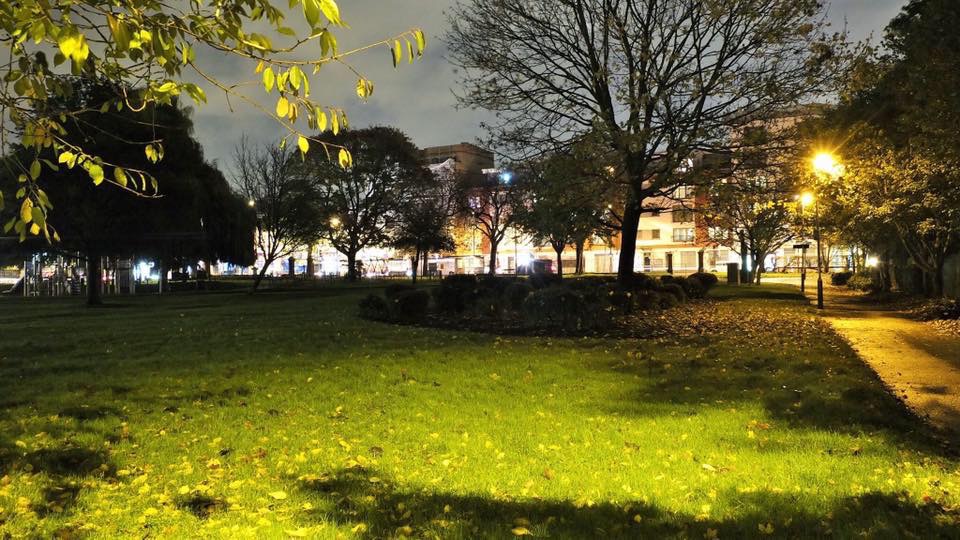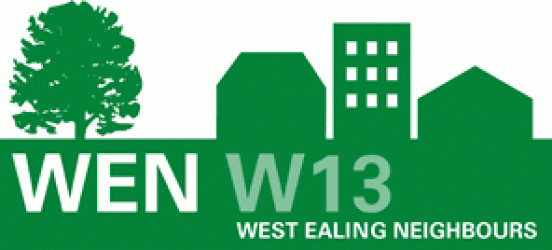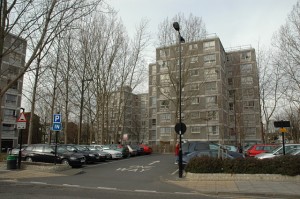West Ealing Neighbours Public Meeting 21st February 2012
OPEN Ealing
David Highton (Chair) provided a report on WEN’s activities:
Lido Junction
Finally WEN’s proposal for changing this dangerous junction has been approved and is going ahead. After the public consultation on the original proposals the Council have dropped the idea of loading and parking bays on Drayton Green Road. This is a well earned success for WEN
Craft Fair
WEN have been talking to the Council for the past 18 months about a monthly craft fair in St James Avenue, after a lot of red tape we finally have the go ahead to run it and the first one is Saturday 7th April. This is a joint project with St James Church who will be open to provide teas/coffees as well as outreach work.
West Ealing Family Day
This will happen again in Melbourne Avenue and St James Avenue. There will be a variety events scheduled. More information will be available later in the year.
Book Swap
Chris Gilson from WEN runs this popular book swap at West Ealing station. He has just secured permission for a book swap at Ealing Broadway station – platform 2.
In December 2011, the campaign was the winner of the first #ideas4Mayor competition at the London Policy Conference. The Mayor of London, Boris Johnson, said of the project:
“I think it’s a very good idea and would say something powerful about the kind of city we are and our commitment to literacy, which obviously we are trying to demonstrate in lots of ways particularly with young people”
Abundance
This project is now in its 6th year and the group have now taken on Walmer Gardens Orchard in West Ealing. The renovation of this Orchard is fully support by Ealing Park Rangers team and expertise is provided by the London Orchard Project. Both clearing and pruning have taken place in Jan/Feb this year. Abundance is now securing more volunteers for the project.
Book Club
This is a monthly club who meet at the Star and Anchor. For more information email wenreadinggroup@live.co.uk
Eric Leach, Vice Chair provided an update on WEN’s activities in relation to planning. Eric has been heavily involved in the Local Development Framework planning process which will have a big impact on West Ealing. The Localism Act coming into effecting April 2012 will give us the opportunity to be involved with the formation of neighbourhood forums – for more information see http://www.planningportal.gov.uk/inyourarea/neighbourhood/
Eric then opened up the floor to those present regarding the future of West Ealing Neighbours. The background to this is that the constitution states committee members can serve no longer than 5 years. Several committee members are now reaching their 5th anniversary, including the Chair (David) and Vice Chair (Eric) therefore new ideas and new individuals are being sought by WEN to take us through the next phase. A fair few individuals hesitated at the thought of not being able to devote time to WEN, or have an idea exactly what they were volunteering for! – those committee members present re-iterated that involvement is not onerous and all of us have started our own projects that we believe in and therefore are prepared to put the time in for the projects to succeed.
Coming along to the meetings to see what goes on is the best thing to see what happens and offer up ideas.
More discussion took place on the nature and format of WEN meetings to make them less like work meeting and more like social ‘gatherings’ offering wine, nibbles and an informal environment.
David Highton concluded that the next 12 months should be about transition to look at how WEN can be run going forward and any new office holders would be mentored for 6 months by the outgoing office holders. The current holders would therefore stay in their posts until new individuals are in place – with either the same type of structure, or a new one to be agreed.
The next WEN social gathering is to be held on Wednesday 21st March at OPEN Ealing, 113 Uxbridge Road (corner of Culmington) nr the fire station on the 2nd floor Café starting at 7.30pm – wine and nibbles provided. Please come along and bring a friend too!
Diane Gill
Secretary – WEN




